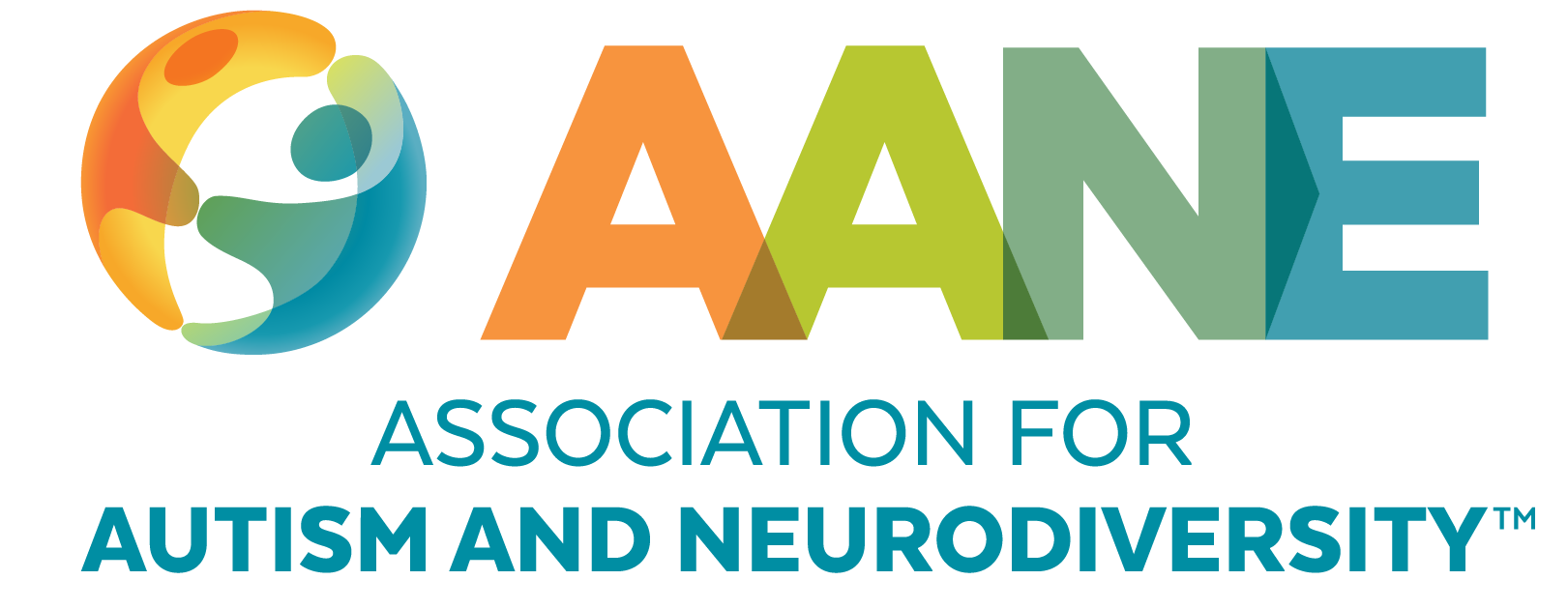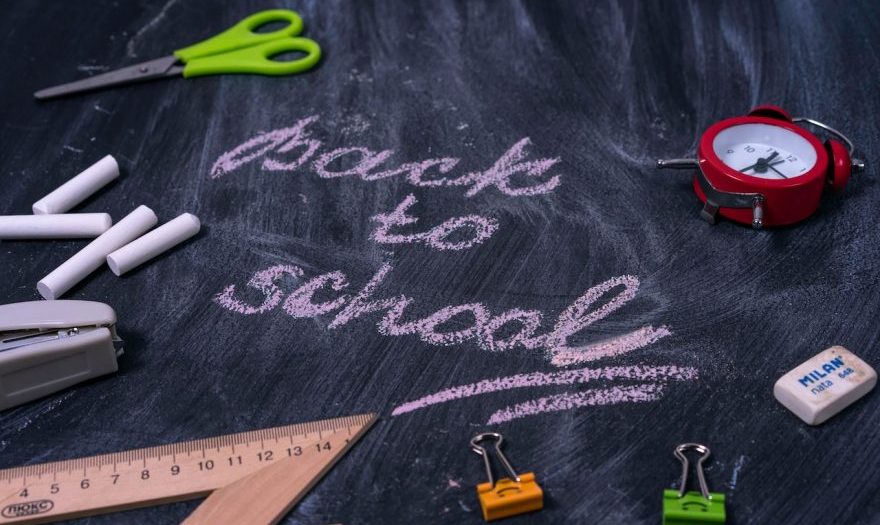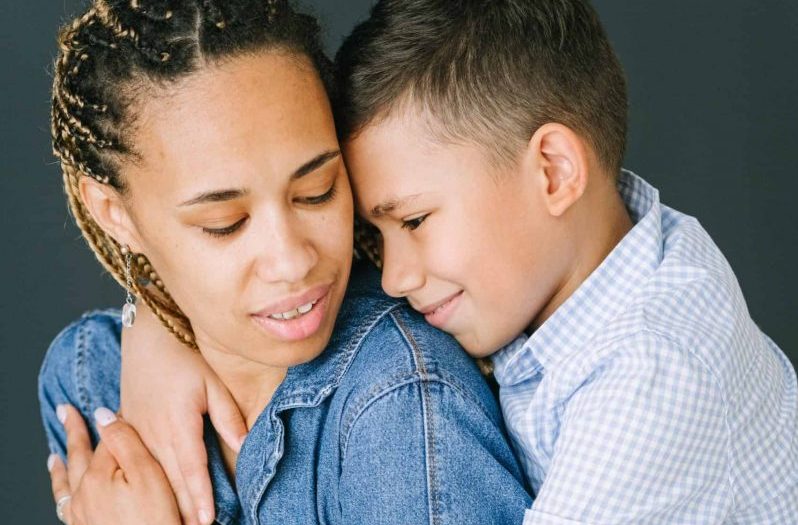
Interests Drive Dynamic Learning
Kate Garrity, MS, OTR/L
Kevin McGrath, CMCS
About the Authors
Kate Garrity, MS, OTR/L (she/her/hers) is an occupational therapist and school administrator, and is currently the chief learning officer at the Ivy Street School in Brookline, MA, overseeing the work of classroom teachers and related service providers in the school and local community. She is a registered and licensed occupational therapist with a Bachelor’s degree in Psychology from Emory University and a Master’s degree in Occupational Therapy from Tufts University. Kate works to realize how the delivery of education and related services can overlap and reinforce the other in support of the most holistic approach to learning.
Kevin McGrath (he/him/his) is an educator and career services provider. Kevin currently serves as the director of vocational services at the Ivy Street School in Brookline, MA. He is a Certified Master of Career Services through the National Association of Career Development and studied Psychology and Human Rights at Hunter College and the University of Massachusetts Boston. Kevin and his team support career development and growth through an individualized and person-centered approach that is realized through hands-on learning and supportive feedback.
Our interests are at the foundation of much that we are driven to do. When thinking about our own passions, we often light up enthusiastically; we do not consider these chores or obligations. They are the subjects, experiences, and people that we derive meaning from, that keep us invested in going further and doing more.
In any environment that involves an instructor and a learner, it is often the instructor’s responsibility to ensure the teaching that happens is synthesized and generalized – and, in an ideal learning relationship, something that keeps the learner hungry for more. As an educator, it is important to keep asking the question, “how is this relevant to my student’s experience?” In keeping this question at the forefront of planning, a dynamic instructor can effectively integrate a learner’s interests into the teaching model, creating a foundational “hook” that can shape further exploration.
Optimizing Motivation
Take a minute to visualize a classroom. What do you see? Most will see desks lined up in rows facing a board. Now, take a minute to recall the most memorable learning experience in your educational career. Is it the cake you made in home economics? Does a rousing lecture in your history class come to mind? Do you remember the trip your grade took to Washington DC or to the Zoo? The answer will be different depending on who you ask. Those differences correlate to that individual’s learning style, the mode in which the learning occurred, and their own underlying buy-in and motivations.
Traditional education in most schools is prescribed in a way that is intended for a homogenous audience. However, the best learning happens when individual interests are at the heart of learning. It is our job as educators and providers to get to know our students, their interests, what motivates them, and – just as important – what leads to disconnect and lack of engagement. Our success in “getting” our students can tremendously impact their learning experience. Research shows that by centering on content from which students derive enjoyment and meaning, an educator can optimize enthusiasm and initiative in education (Howard et al., 2021).
Of course, the challenge is that this approach requires more dedication than other methods of instruction, in the form of time and attunement. Our capacity to get to know our students differs based on our commitment to these skills and principles. As educators, we should identify ways to connect with our students beyond delivery of information, and beyond evaluation of comprehension and skill. How can we see the student as their own person with specific needs? We can then tailor the content and modalities to meet the learning style of that student. This approach creates an inclusive and accessible environment for all learners.
Centering Interests: How To
A starting point for increasing our attunement to our students lies in understanding where they have come from and developing a picture of where they want to be in the future. While transition programs offer increased space and resources devoted to vision planning, all schools can incorporate aspects of vision planning for students. Offer resources and space to get to know your students and their goals. Learn about where they want to live, how they want to get around, what they want to do for work now and in 10 years. Some cannot describe any of these things, and that is okay too – but it is important to start the conversation. For those that find this idea stressful, start small with an interest inventory. What are they interested in? The results from these inventories can support you and your student on the path of exploration.
Interest identification, encouraging outlets for expression, and providing freedom to explore are important steps in cultivating students’ self-determination. This can also be leveraged in learning environments through increased opportunities for choice. If the class is giving presentations, can the student decide between a poster and a video? If the content is wide-ranging, can they decide between three subtopics from a menu? If they are practicing functional skills like cooking or budgeting, can they determine the meal or the product to buy? It falls on the educator to ensure that there are clear connections from these personal interests and choices to the related goals and next steps in learning. The learner assigns the meaning, and the educator creates the path.
There are other ways to engage learners in hands-on activities that synthesize information delivery and skill building with real-world applications aligned with their interests. Career exploration can be facilitated from school through exploring virtual job platforms, career-focused research projects, and learning about professions within the school environment. Educators can draw from their networks and communities to connect students to community-based informational interviews, job shadowing, and internships. For students with disabilities in Massachusetts, educators should connect with their local Massachusetts Rehabilitation Commission (MRC) office to explore opportunities through their contracted pre-Employment Transition Services (pre-ETS) providers. They often offer in-school and after-school opportunities for leadership and career development. school opportunities for leadership and career development.
Another path to engaging students in their own interests is to build service learning into the curriculum. A service-learning approach can be tied to endless academic topics and promotes student ownership and agency. Similarly, some schools have the capacity to fund student-run microenterprises. Microenterprises present a myriad of opportunities to foster learning and development within a variety of domains, including career readiness, communication and customer service, business strategy and planning, accounting, and more.
Doing More
Facilitating learning that incorporates students’ interests is not a simple cut and paste. It is a process that requires seeing both the forest (the intended learning goal) and the trees (the intrinsic motivations) and envisioning how to continuously zoom in and out between the two. It centers around taking the time to recognize our students as their own people with their own set of passions and inspirations and offering moments for autonomy whenever possible. An educator who dedicates time to learning about where their students find joy is an educator who will find themselves alongside learners excited to go further and do more.
References:
Howard, J. L., Bureau, J., Guay, F., Chong, J. X. Y., & Ryan, R. M. (2021). Student Motivation and Associated Outcomes: A Meta-Analysis From Self-Determination Theory. Perspectives on Psychological Science, 16(6), 1300–1323. https://doi.org/10.1177/1745691620966789
Stay Current
Subscribe for AANE weekly emails, monthly news, updates, and more!





